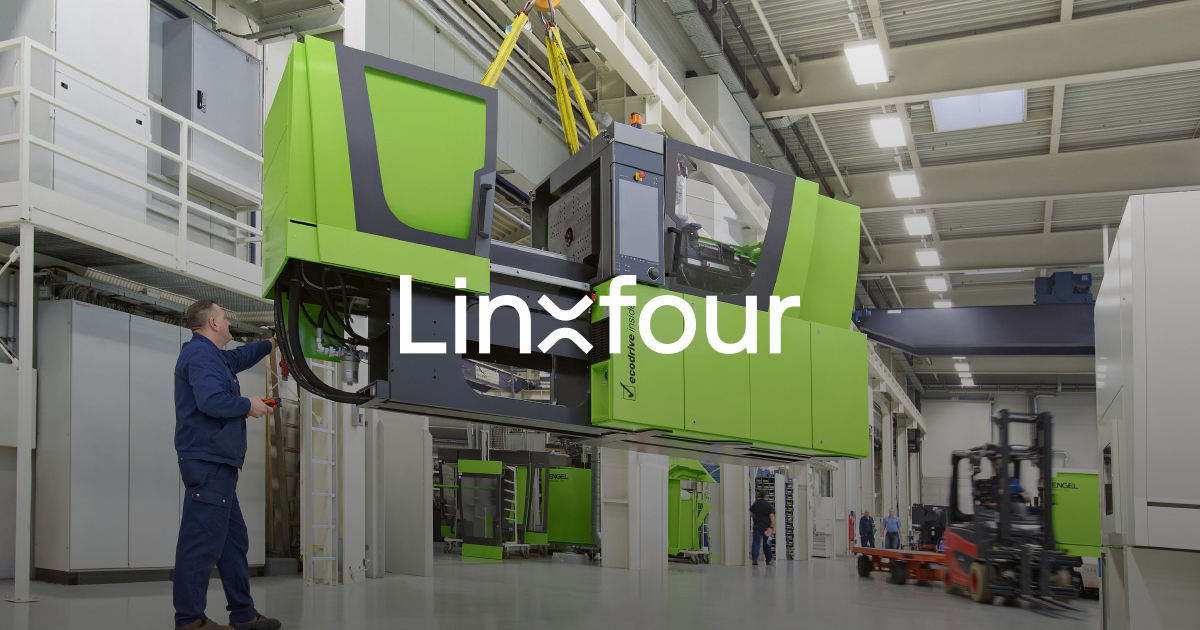Pay-per Use Equipment Finance, in the dynamic landscape for manufacturing finance is gaining momentum as a disruptive technology that is changing the traditional model and provides companies with an unprecedented degree of flexibility. Linxfour is leading the way, using Industrial IoT, to bring to the forefront a new way of financing that benefits both equipment operators and the manufacturers. We look at the complexities of Pay Per Use financing, and how it impacts on sales under challenging conditions.
The Power of Pay-perUse Financing
At its core, Pay per Use financing for manufacturing equipment is a game-changer. Companies pay according to the actual use of equipment, instead of rigid fixed-priced payments. Linxfour’s Industrial IoT integrate ensures accurate usage tracking and provides transparency. This helps eliminate the possibility of hidden costs or penalties if equipment isn’t being utilized. This innovative approach allows for greater flexibility in managing cash flow, which is especially important during periods when customer demand fluctuates and revenue is at a low level.
Impact on business and sales conditions
The overwhelming agreement among equipment manufacturers is a testament to the possibility of Pay Per Use financing. In spite of the current economic climate 94% of respondents believe that this type of financing is a viable option to boost sales. This ability to direct match costs with the amount of equipment used does not just attract companies that want to maximize their expenditure, but also creates an attractive situation for companies who are able to offer more appealing financing options to their customers.
Accounting Transformation: From CAPEX to OPEX
Accounting is the main difference between traditional leases as well as Pay-per-Use financing. With Pay per Use, companies undergo a major shift from capital expenses (CAPEX) to operating costs (OPEX). This can have a significant impact on financial reporting as it provides a more accurate picture of revenue-related costs.
Unlocking Off-Balance Sheet Treatment under IFRS16
Pay-per Use financing offers a significant advantage over traditional financing in that it can be used to get an off balance sheet treatment. This is a major consideration under International Financial Reporting Standard 16(IFRS16). In transforming the costs of financing equipment businesses can eliminate these liabilities off the balance sheet. This does not only decrease financial leverage but also lowers the obstacles to investing, making it an attractive proposition for companies seeking a more agile financial structure.
Intensifying KPIs and TCO in Case of Under-Utilization
Pay-per-Use model In addition, it is off balance sheet, is also a key factor in improving key performance indicators such as cash flow free and Total cost of Ownership (TCO), particularly when there’s an under-utilization. Leasing models that are founded on traditional techniques can create problems when equipment isn’t being used according to the plan. Businesses can optimize their financial results by cutting down on fixed costs on assets that aren’t being utilized.
The Future of Manufacturing Finance
While businesses struggle to navigate the complexities of a constantly changing economic landscape, innovative financing models like Pay-perUse are opening the way to a more flexible and resilient future. Linxfour’s Industrial-IoT-driven model will not only benefit the bottom line for equipment operators and companies, but also aligns with the larger trend of businesses looking for innovative and sustainable financial solutions.
In conclusion, the integration of Pay-per use financing, paired with the change in accounting treatment from CAPEX to OPEX and off balance sheet treatment in IFRS16, represents a significant change in the field of manufacturing finance. Companies are aiming for cost-efficiency and financial agility. Accepting this revolutionary financing method is essential to keep up with the times.
